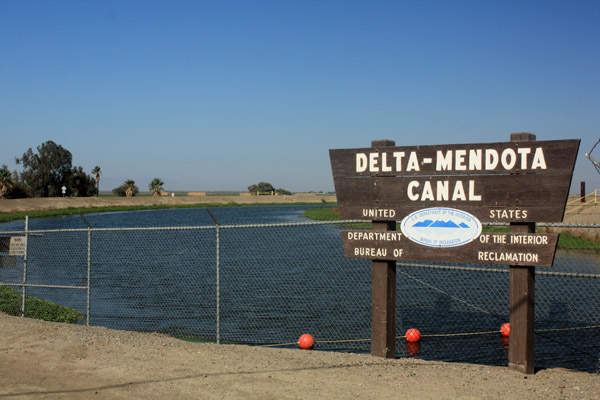As California confronts increasing water challenges, the most equitable statewide solution from a social justice perspective is the single-tunnel project proposed by Gov. Gavin Newsom, known as the Delta Conveyance Project.
More than 27 million Californians rely on imported drinking water conveyed through the Sacramento-San Joaquin Delta. This imported water also serves millions of acres of local agricultural lands and vital wildlife refuges.
The reliability of that imported water supply is threatened by a variety of risks, including climate change, sea level rise, increasing regulatory restrictions, seismic risks and deteriorating ecosystem conditions. The Delta Conveyance Project will help address many of these threats.
The project proposes the construction of a single tunnel that would provide an alternative conveyance pathway for moving water from the north Delta to the existing pumping plants in the south Delta. The addition of intakes in the north Delta would allow operational flexibility to adjust to where fish are at a given time and protect our water supply from saltwater intrusion.
This enhanced flexibility will reduce the number of fish that end up in the existing pumping plants. The project includes state-of-the-art fish screens that minimize the number of fish impacted by water diversions. The project would improve water management for California communities, farms, fish and wildlife.
Scientists have predicted that climate change will result in more spring runoff and less snowpack in the Sierra Nevada. There is not enough storage to capture this additional runoff. Having the ability to rapidly move water south cushions inevitable climate change effects.
The levees that make up California’s water distribution system in the Delta are not engineered to withstand major earthquakes. There is a high probability of a major earthquake within the next 25 years which could cause catastrophic levee failure, which would result in seawater inundation, interrupting fresh-water deliveries to more than 27 million people. COVID-19 demonstrates that unexpected disasters happen.
In a catastrophic levee failure, who stands to be hurt the most? Not the affluent, as we have seen in this COVID-19 crisis; they have second homes, alternative sources of food and access to health care. It would hurt poor, working class and middle-class people the worst.
The alternatives to not having a tunnel are grim, especially given California’s excellent record on conservation and its growing population. One viable option is ocean desalination. However, the same NIMBYs who don’t like the tunnel don’t like desalination. Maybe their ocean views will be impeded? For those few water districts near the ocean, the cost of desalination is at least three times the cost of the water yield from the tunnel.
Why not recycled wastewater? All over California there are ambitious recycling programs. The cost of recycled water, like desalination, is at least three times more expensive than water from the tunnel. Depending on expensive water sources exclusively would disproportionately hurt low-income families.
Reduced water to Central Valley agriculture would mean higher prices for food, higher carbon footprint from food importation and decreased food security. Higher food prices disparately affect those who are poor and vulnerable. It is well documented that the transportation related pollution for importing food especially damages communities of color.
Opponents of a tunnel project never say their position will lead to higher water prices and reduced water reliability, which leads to higher food prices, and can even lead to class-based disparities in health outcomes. Other opponents seemingly promote the protection of endangered species, while others seek to ocean harvest the same species with fishing practices that kill whales. Real estate speculation by some opponents of the project isn’t helping the health of the Delta.
Water agencies statewide have done an excellent job of becoming more water efficient while supplying water to a growing state population and keeping the environment healthy. For these reasons, the Delta Conveyance Project will further California’s goal of achieving water justice.
Gary Kremen is elected to the Santa Clara Valley Water District board of directors and is vice chairman of the Delta Conveyance Finance Authority, gkremen@valleywater.org. He wrote this commentary for CalMatters.
DISCLAIMER OF RESPONSIBILITY; Waterwrights.net strives to provide his clients with the most complete, up-to-date, and accurate information available. Nevertheless, Waterwrights.net does not serve as a guarantor of the accuracy or completeness of the information provided, and specifically disclaims any and all responsibility for information that is not accurate, up-to-date, or complete. Waterwrights.net clients therefore rely on the accuracy, completeness and timeliness of information from Waterwrights.net DAW entirely at their own risk. The opinions expressed in this report are those of the author and do not represent any advertisers or third parties.
ALL RIGHTS RESERVED. Copyright 2020 by WaterWrights.net/DAW































